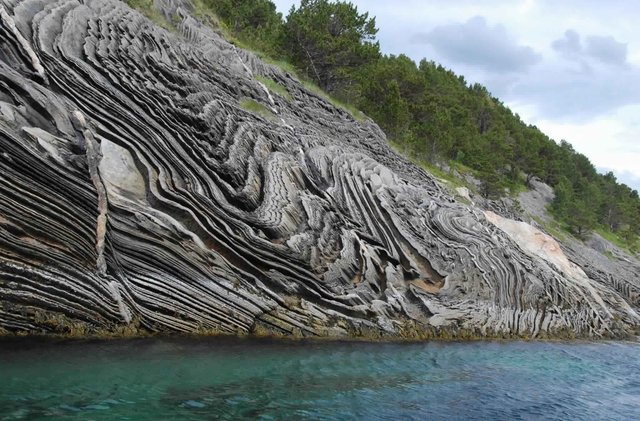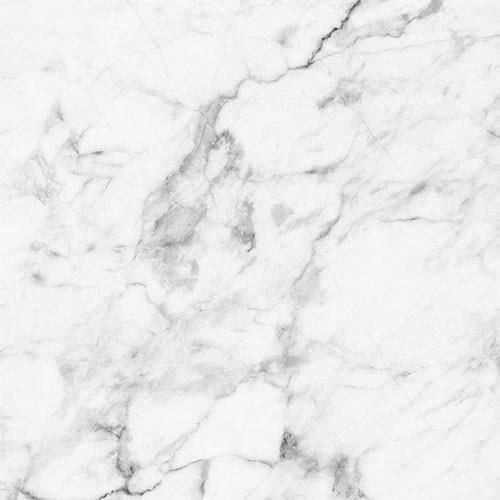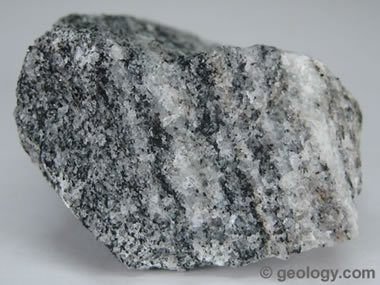Geological Classification Of Metamorphic Rocks Its types, Physical And Chemical Classification

Till then we have completed whole study of the igneous rocks and Sedimentary rocks with types and it's examples today we will study about the last topic on stone which is metamorphic rocks with types and examples so let's begin.
.jpeg)
C)METAMORPHIC ROCKS
Metamorphic rocks are formed from igneous or sedimentary rocks by the action of earth movements , temperature changes,liquid pressure etc. Acting on these rocks. The Igneous rocks or sedimentary rocks are changes its character when they subjected to great heat and pressure. Heat transfer is generally initiated by the high temperature of magma. Pressure is developed due to the load or overlying rock or by the movement of rocks. The process if change is known as the Metamorphism. The Metamorphic rocks has a hard and durable foliated structure.
Example:Slate,marble,gneiss.
Slate
.jpeg)
Marble

Gneiss

Types of Metamorphism
1)Thermal Metamorphism: it is caused primarily due to high temperature and the rocks so formed are called the Thermal Metamorphic rocks.
2)Cataclasic Metamorphism: Cataclasic Metamorphism takes place mostly at earths surface where temperature are low and directed pressure is predominant factor.
3)Dynamo-thermal Metamorphism: Temperature and uniform pressure do not play any role in their formation. Dynamo-thermal Metamorphism takes place at some depth below the earths surface where the original rock is subjected to both heat as well as pressure/stress. The rocks so formed by the Metamorphism brought about you by both heat and stress are known as Dynamo-thermal metamorphic rocks.
3)Plutonic Metamorphism: Plutonic Metamorphism is caused at great depths where rocks acquires plastic nature and where the stress takes the form of uniform pressure,thus heat and uniform pressure become the prominent factors at great depth, and to the rocks so formed are called Plutonic Metamorphic rock.
Formation of metamorphic rock

Results of Metamorphism
As a result Metamorphism,the following results are obtained
1.lime stone and marble become marble.
2.mud stone becomes slate
3.clay stone becomes horneblende.
4.sand stone become quartize.
5.laterite & granite become gneiss.
6.basalt and trap become schist.
Physical Classification
This classification is based on general structure of rocks. Stones are classified under three heads based on physical Classification
1)Stratified rocks
2)Unstratifed rocks
3)Foliated rocks
1)Stratified rocks
These rocks possess planes of cleavage and rocks can be split up along these planes. Materials from the disintegration if origninally formed rocks from stratified rocks. Sedimentary rocks are Stratified rocks since stratification or cleavage is distinctly clear in these rocks.
Example:sand stones,lime stones,slates.
2)Unstratifed rocks
Unstratifed rocks are those which do not have distinct planes if stratification. Such rocks therefore, can not be splitted into thin layers. The structure of such rocks may be crystalline garnular or compact garnular. These igneous rocks of volcanic origin and the Sedimentary rocks affected by movement of earth belong to this group of rocks.
3)Foliated rocks
The characteristics feature of such rocks are that they have a tendency to be splitted up in particular or definite direction only. Metamorphic rocks have foliated structure. In this case the layers of stratification are not formed due to deposition, but due to metamorphic action of heat and pressure. Foliated rocks comprise of lamination hence they are also called laminated rocks.
Chemical Classification
Stones for engineering works are devided into three classes based on chemical composition.
1.Silicious rocks
The main composition of these rock is silica. The rocks are hard and durable. It is unaffected by weathering action.
Example:Granite , quartzites ,basalt, syenites etc.
2.Argillaceos rocks
The main composition of these rocks is argil or clay. They are brittle but hard and durable.
Example:Porphyry,laterite,slate etc.
3.Calcareous rocks.
The main composition of these rock is lime. The durability of these rocks is generally dependent upon the constituents of surrounding atmosphere.
Example: lime stone, dolomite marbale,kankar etc.
Till today we have completed all the types of rocks. In next blog I will come with another useful topic if you like posts let me know in the comment section what you think about it.
Till than good good bye see you soon again take care!

Congratulations @arifmadki! You have completed the following achievement on the Steem blockchain and have been rewarded with new badge(s) :
Click here to view your Board of Honor
If you no longer want to receive notifications, reply to this comment with the word
STOP